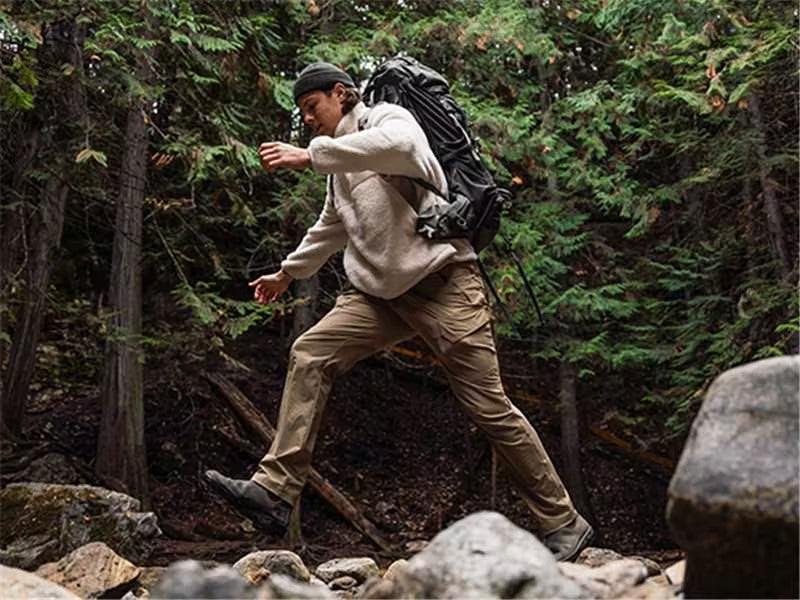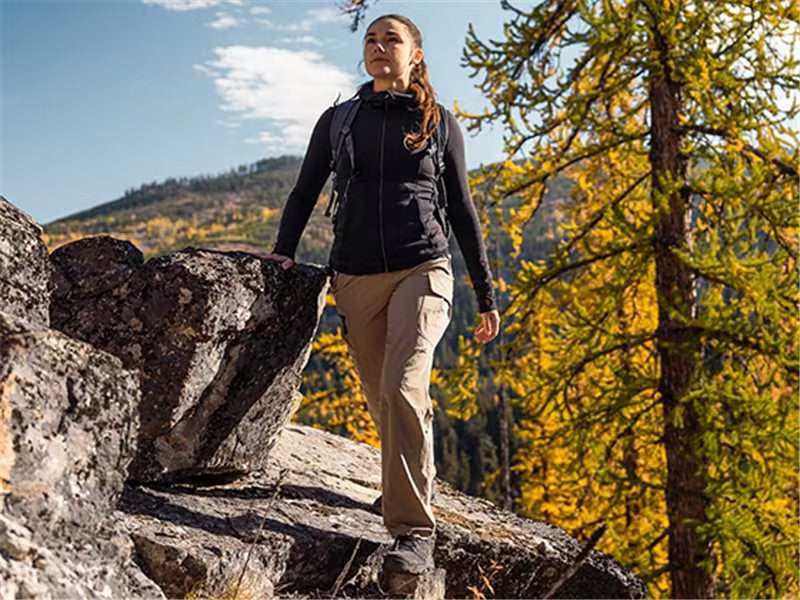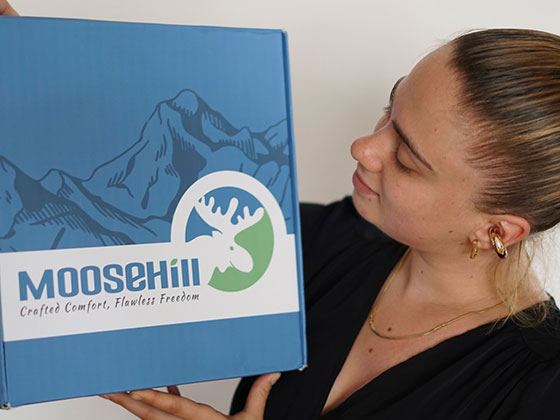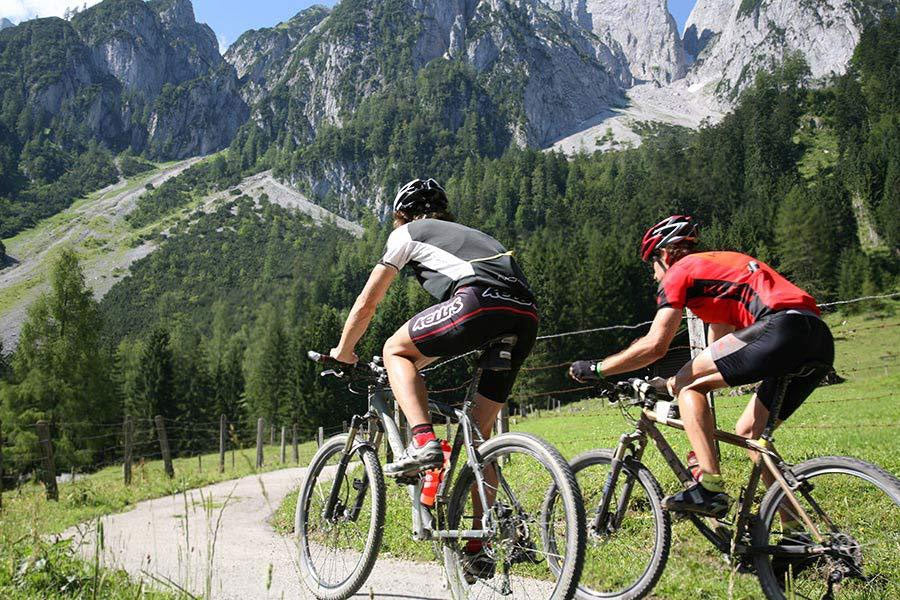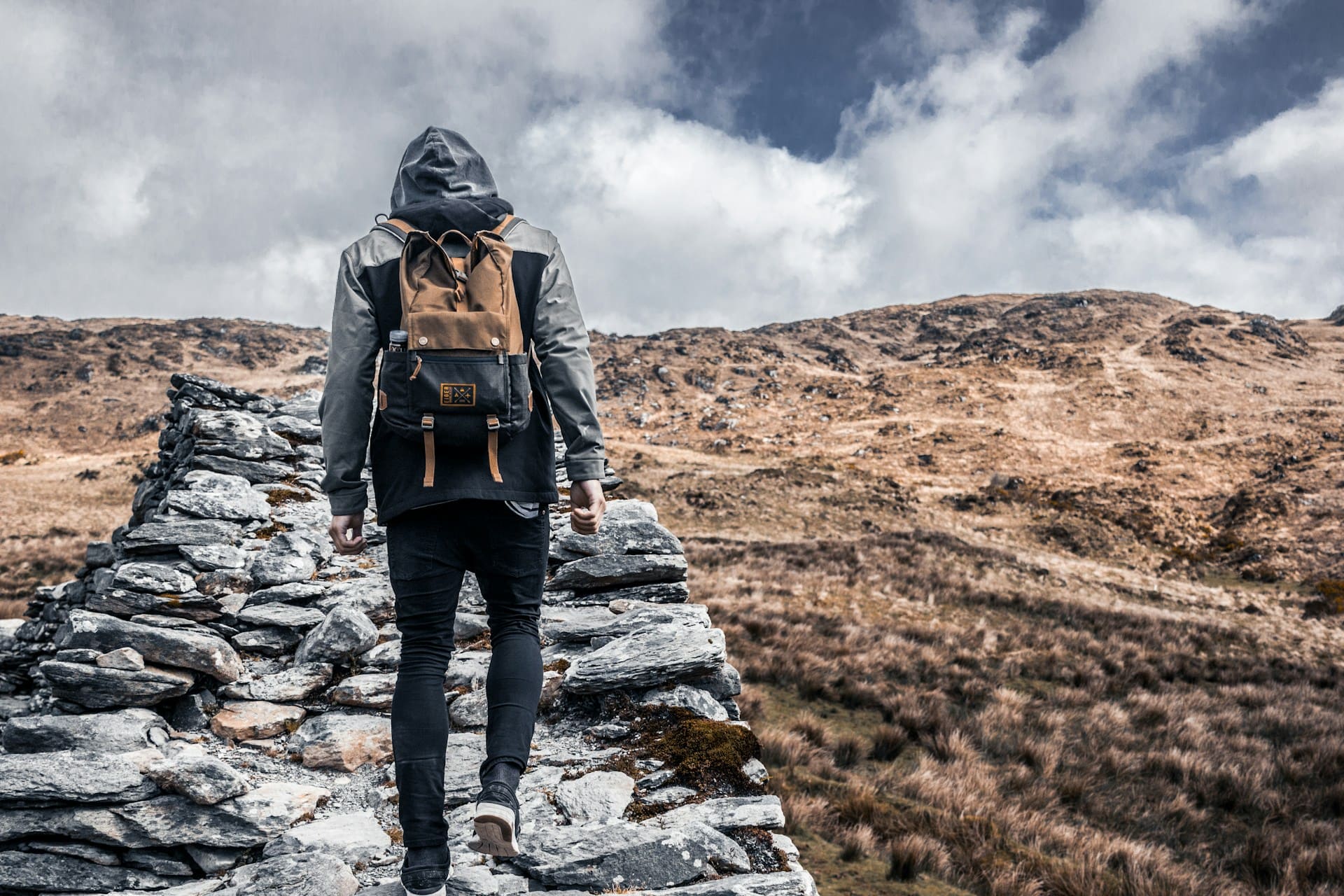Hiking across diverse terrain requires specific techniques to ensure a safe and enjoyable experience. Here are professional tips for hiking on different surfaces:
1. Blue stone road:- After rain, wear non-slip shoes and maintain a relaxed mood.
- Keep your center of gravity perpendicular to the ground slab and use hiking poles for stability.
- Carry a big bag with the center of gravity lower and hold onto rock walls or trees for support.
- Use trekking poles when descending and aim for cracks between slabs or grass and trees for footing.
- Maintain distance between hikers to avoid accidents.
- Concentrate and overcome the fear of boulder hopping.
- Avoid rock-hopping during or after heavy rain to prevent flash floods.
- Use hiking shoes with thicker and harder soles.
- Tighten backpack straps and waist belt for stability.
- Focus on the landing point and look for dark marks on stones as reference.
- Clean shoe soles to prevent slipping.
- During the rainy season, be cautious of muddy conditions and potential knee injuries.
- Grip the soles of your shoes and use hiking poles for stability.
- Be aware of temperature changes and icy surfaces in spring and fall.
- Utilize hiking poles and sturdy objects for climbing and support.
- Wear glasses, hats, and protective clothing to prevent injuries from branches.
- Maintain a distance of at least 1.5 meters between teammates.
- Remind teammates to stay close to prevent getting lost.
- In natural bushes, have experienced leaders or local guides explore the path first.
- Protect against thorns, mosquitoes, and insects with appropriate clothing and footwear.
- Use gloves, long-sleeved clothing, and pants for artificial bushes.
- Hold onto fresh branches for support and maintain stable and slow footfall.

